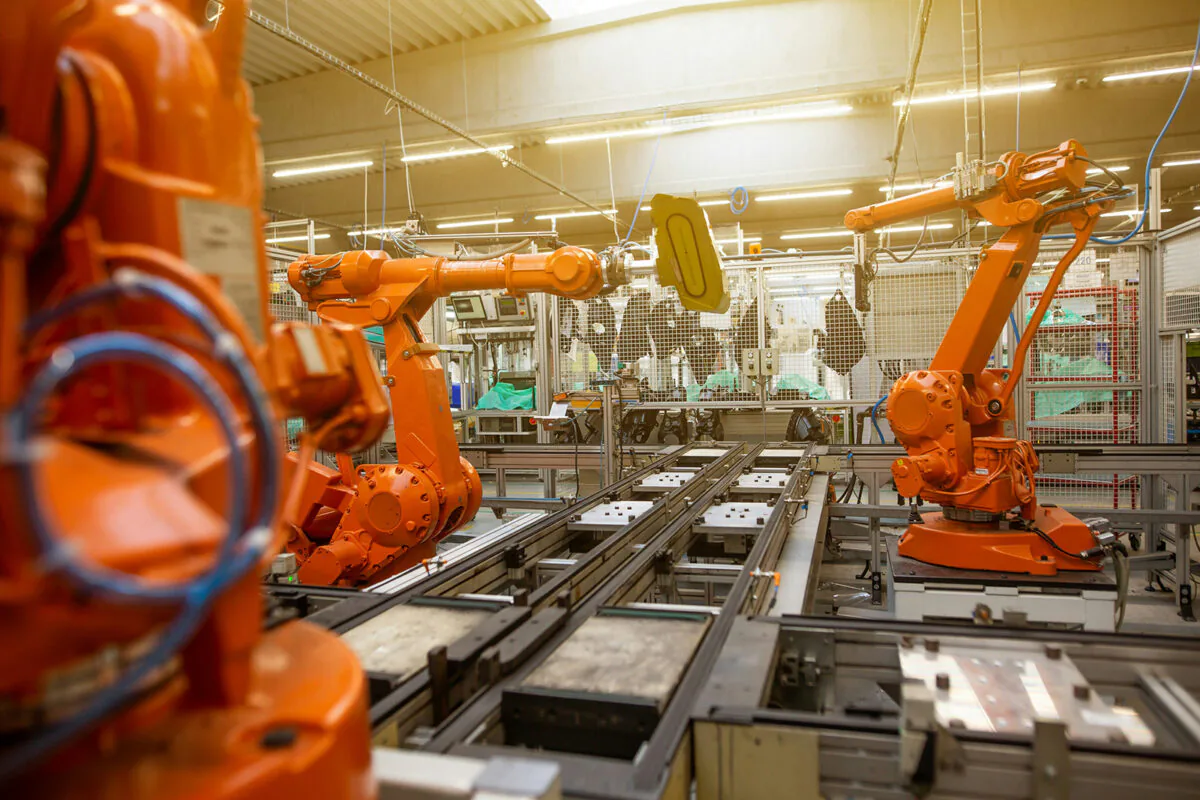
Continuous Improvement: Definition and Key Principles
Continuous improvement involves continuously analyzing, adjusting, and optimizing business processes to enhance quality and operational efficiency within a company. This approach is based on several fundamental principles that ensure its success.
A Systematic Approach to Structuring Processes
Continuous improvement relies on rigorous management methods that allow for the analysis and optimization of each step in the processes. The Deming Wheel, also known as the PDCA (Plan-Do-Check-Act) cycle, is a key model that structures this approach into four phases: planning, execution, verification, and adjustment. This methodology ensures a progressive and controlled evolution of workflows.
Employee Involvement at All Levels
Improving product quality control can only be effective if it involves all teams. It is not just managers or executives who should drive change but also employees at every level of the organization. By integrating workers in identifying inefficiencies and finding solutions, the company fosters a culture of improvement and strengthens its operational efficiency.
Reducing Inefficiencies to Maximize Added Value
Another major goal is to minimize waste in all forms: time losses, excessive resource consumption, unnecessary tasks, or organizational inefficiencies. By adopting methods like Lean Six Sigma, companies can optimize processes, improve product quality, and ensure a higher return on investment.
Continuous Adaptation Based on Results
Continuous improvement requires constant monitoring of results and adjustments to implemented actions. Using key performance indicators (KPIs) and in-depth analyses, companies can evaluate the impact of changes and correct any inefficiencies. This approach enables progressive evolution and better long-term decision-making.
Key Continuous Improvement Models
To structure a quality initiative effectively, several models and tools ensure a methodical deployment and guarantee sustainable results.
The Kaizen Method: Small Daily Improvements
Kaizen, meaning “change for the better” in Japanese, is based on a fundamental principle: continuous improvement consists of making small incremental changes rather than drastic transformations. This method directly involves employees at all levels of the company to optimize workflows and improve business process efficiency.
By integrating this culture of improvement, the company creates a work environment conducive to innovation and reducing inefficiencies. The Kaizen method is particularly effective for eliminating unnecessary tasks, optimizing working conditions, and ensuring better process management.
Lean Six Sigma: A Combined Approach for Maximum Performance
Lean Six Sigma is a hybrid methodology that combines Lean management principles with the Six Sigma method. This approach aims to eliminate waste while improving overall production process quality.
- Lean management focuses on optimizing processes by reducing unnecessary tasks and improving workflow management. It relies on tools such as Kanban, just-in-time production, and the 5S methodology, which ensure better organization and significant efficiency gains.
- The Six Sigma method, on the other hand, focuses on reducing variability and improving quality by identifying and correcting the causes of errors. It uses statistical tools and data analysis to provide better process control and achieve optimal performance levels.
By combining these two strategic approaches, Lean Six Sigma maximizes profitability, improves customer satisfaction, and optimizes large-scale project management.
How to Implement a Continuous Improvement Approach?
To ensure effective continuous improvement, it is essential to start by conducting a factory audit to analyze existing processes, identify issues, and define areas for optimization. This assessment helps detect inefficiencies and target corrective actions to be implemented.
Next, deploying the right tools plays a key role in logistics management. Solutions such as Kanban for workflow optimization, the Pareto diagram for identifying key quality factors, and the 5S methodology for workspace optimization help enhance operational efficiency.
However, these initiatives can only be fully effective if a culture of continuous improvement is embedded in the company. This requires employee training, active support from management, and smooth communication to prevent resistance to change. Finally, rigorous monitoring of performance indicators (KPIs) is essential to assess results, adjust actions, and ensure a constant evolution of best practices.
Advantages of Continuous Improvement
Continuous improvement offers numerous strategic benefits to industrial companies by optimizing production processes and enhancing service quality. By reducing costs and eliminating waste, it increases profitability while strengthening customer satisfaction. This approach also contributes to better operational efficiency, making the company more competitive and better prepared for market changes. Through a structured and well-adapted approach, it becomes possible to achieve optimal performance levels and maintain high-quality standards.
Continuous improvement is not just a method but a corporate culture aimed at sustainably optimizing production processes, from the smallest tasks to the largest. Whether adopting the PDCA cycle, the Kaizen method, or Lean Six Sigma, every company can tailor this approach to its industry and strategic objectives.
Implementing an effective quality management strategy helps improve processes, increase productivity, and optimize long-term project management.
Do you want to optimize your industrial processes? Contact our experts to implement a continuous improvement strategy tailored to your business.



